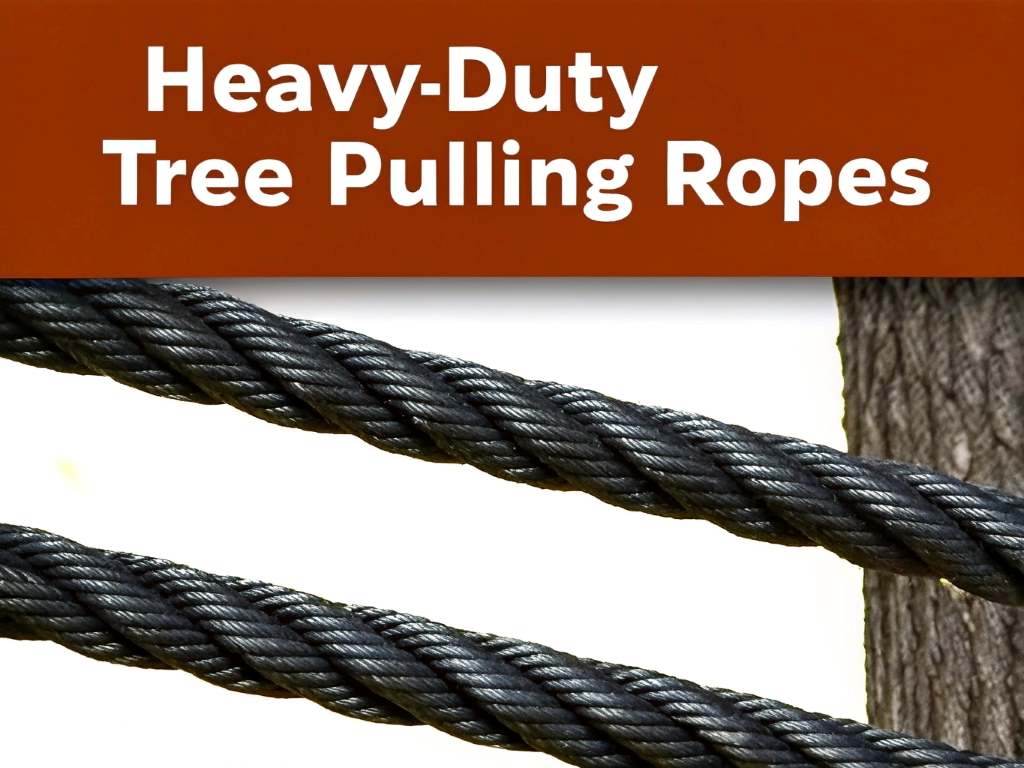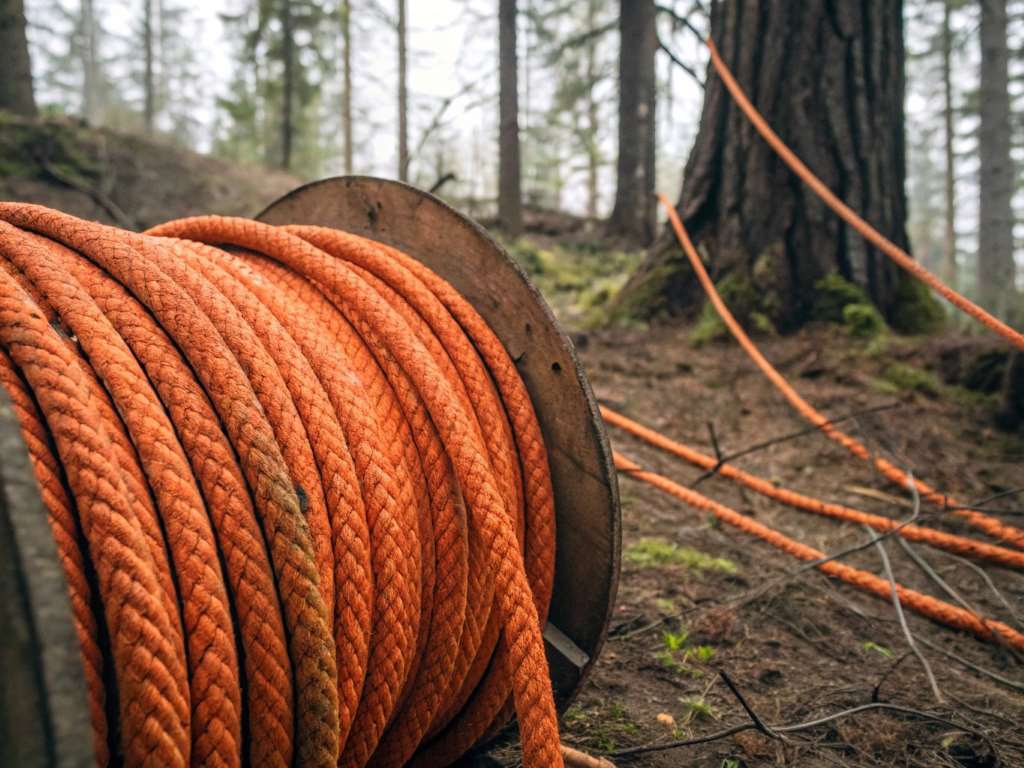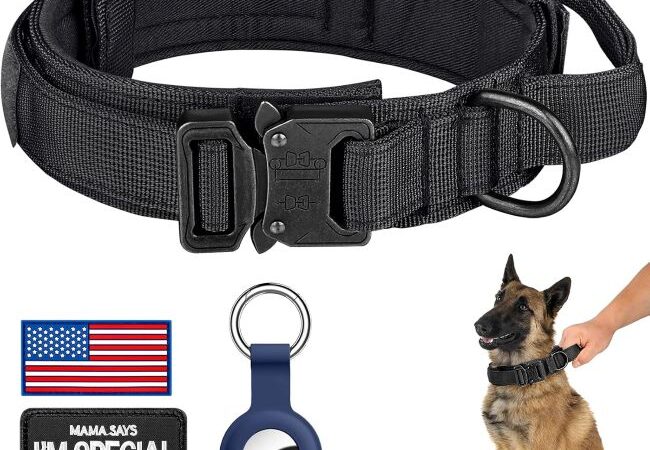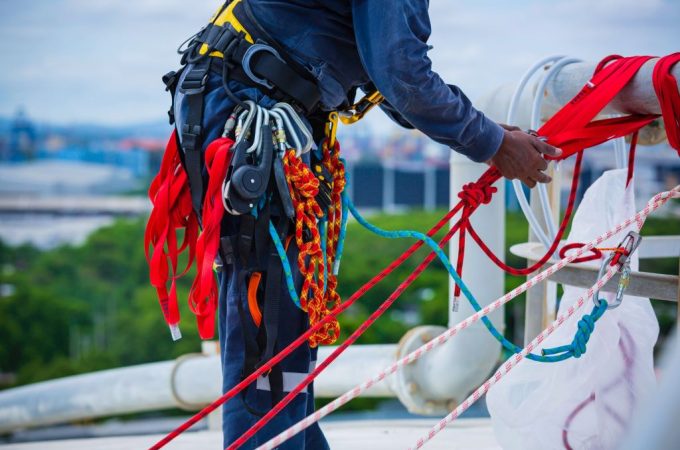
Top 7 Heavy-Duty Tree Pulling Ropes for Safe Tree Removal
Removing large trees is no walk in the park. Whether you’re a professional arborist or a well-equipped homeowner, safely guiding a tree to the ground is a delicate dance between gravity and control. And while chainsaws often steal the spotlight, the unsung hero in many successful tree felling operations is the heavy-duty pulling ropes.
Contents at a Glance
ToggleIn fact, choosing the right tree pulling rope can mean the difference between a tree landing cleanly in a clearing—or crashing through a fence, roof, or worse. That’s why understanding rope materials, construction, strength, and usage is more than just technical jargon—it’s essential safety knowledge.
Let’s dig into why these ropes are indispensable and reveal the top seven heavy-duty options that stand above the rest in safety, strength, and reliability.
Why a Heavy-Duty Tree Pulling Rope is Non-Negotiable
Trying to control a falling tree without a dedicated pulling rope is like steering a car with no brakes. No matter how skilled your cuts are, nature can throw a curveball—wind, lean, or internal rot—that sends your timber tumbling in an unintended direction.
That’s where pulling ropes come into play. Used with block and tackle systems or winches, they provide strategic tension that can guide a tree to fall where it’s supposed to. But the perks don’t stop there:
- Control the Direction of Fall: A taut rope applied before and during the cut ensures the tree leans the right way.
- Avoid Costly Property Damage: Keeping a tree from crushing your shed or your neighbor’s fence is worth the rope’s price alone.
- Boost Crew Safety: A rope allows workers to stay at a distance, reducing the chance of injury from falling limbs or unpredictable movement.
- Handle Leaning Giants: Ropes help redirect trees that lean dangerously toward homes or power lines.
- Manage Limb Dismantling: For trees removed in sections, ropes guide limbs safely to the ground.
Read Also:
- From Camping to Cleaning: Surprising Rope Uses for Home Decor and Utility
- Static vs Dynamic Rope for Climbing: Which Is Best for You?
- Jump Rope for Small Apartment Workouts: Your Ultimate Guide to Fitness in Tight Spaces
What Makes a Tree Pulling Rope Truly “Heavy-Duty”?
Before you grab just any rope off the hardware store shelf, let’s break down the essential features of a truly effective pulling rope:
Material Composition:
- Nylon is strong and stretchy (up to 25% elongation). Great for absorbing shocks but slightly weaker when wet.
- Polyester balances strength with low stretch and maintains performance in wet conditions.
- UHMWPE (e.g., Dyneema/Spectra) is incredibly strong and has minimal stretch. Ideal for precise control but comes with a higher price tag.
- Aramid (like Kevlar) offers extreme strength and heat resistance with very low stretch.
Rope Construction:
- Double Braid: Offers a tough core and protective outer sheath—ideal for arborists.
- 12-Strand Braid: Strong, spliceable, and flexible with high abrasion resistance.
- 3-Strand Twist: Traditional, but can twist under tension and is less durable.
Tensile Strength & Diameter:
Look for ropes in the ½” to ¾” range with a breaking strength of 10,000–20,000+ lbs. Check the Working Load Limit (WLL) for real-world use.
Abrasion Resistance:
Friction from bark or hardware wears ropes fast. High-quality ropes use urethane coatings or tight outer weaves to resist wear.
Knotability & Handling:
Ropes should tie easily and feel good in the hand. After all, no one wants to wrestle with knots under pressure.
UV & Chemical Resistance:
Sunlight and tree sap break down poor-quality ropes. Choose fibers designed to withstand outdoor abuse.
Top 7 Heavy-Duty Tree Pulling Ropes You Can Trust
Samson Stable Braid – The Arborist’s Classic
This polyester double-braid is a go-to in the industry. Its tight weave resists abrasion and handles well. Available in various diameters, with breaking strengths topping 20,000 lbs.
Teufelberger tREX – Spliceable Strength
Known for its 12-strand hollow braid, tREX is tough, low-stretch, and easy to splice. Perfect for rigging custom setups in the field.
Yale XTC-12 – Soft in Hand, Strong in Use
This polyester 12-strand combines knotability and strength. It’s a versatile pick for pulling limbs or anchoring winch lines.
Sterling Atlas – Dynamic Control
With a polyester sheath and nylon core, this double-braid line balances strength and shock absorption—ideal for trees with unexpected movement.
Right Rope TreeBLITZ – Safety Meets Visibility
A 12-strand line with a bright, easy-to-spot jacket. The nylon core adds elasticity for absorbing dynamic loads, making it perfect for complex rigging jobs.
EML Aramid/UHMWPE Ropes – Industrial-Level Power
Designed for extreme applications, these ropes boast ultra-high strength and low stretch. Ideal when maximum pulling force and control are required.
Notch Kraken – Built Like a Beast
Engineered as a true bull rope, Kraken’s double braid offers durability, strength, and minimal stretch. A powerhouse for serious arborists.
Safety First: Best Practices When Using Tree Pulling Ropes
Even the best rope won’t protect you if used improperly. Follow these expert-recommended steps:
- Inspect Before Use: Check for frays, burns, or chemical exposure. Retire compromised ropes.
- Anchor with Confidence: Secure the other end to a strong, immovable object—a healthy tree, winch, or truck.
- Communicate: Establish hand signals or radio contact if visibility is low.
- Use Mechanical Advantage: Block-and-tackle setups multiply pulling force and reduce human strain.
- Cut Smart: Pair proper cuts with rope tension—not instead of good technique.
- Have an Escape Plan: Always plan a clear path to retreat.
Heavy-Duty Tree Pulling Ropes
Choosing the right rope isn’t just a technical decision—it’s a safety decision. For the arborist navigating dense residential areas or the rural landowner managing their forest, a dependable pulling rope is the unsung hero that gets the job done cleanly and safely. With options like Samson Stable Braid and Notch Kraken leading the pack, you’re not just buying rope—you’re investing in peace of mind.
FAQs
What’s the best material for a tree pulling rope?
Polyester is the most balanced for durability and low stretch. UHMWPE is superior for precision but pricier.
Can I use a tow strap instead of a rope?
No. Tow straps aren’t designed for dynamic loads or knot tying. Use ropes designed for arborist work.
How thick should my rope be?
Look for ½” to ¾” diameter ropes for most tree work. Larger trees may require 1″ or more.
Is it safe to pull a tree with a vehicle?
Only if properly anchored and controlled. Sudden pulls can cause the rope to snap. Use mechanical advantage systems where possible.
How often should I replace my pulling rope?
Inspect before every use. Replace it if you see significant wear, chemical damage, or fraying.
What’s the safest way to anchor the rope?
Wrap it around a strong base like another tree or use a specialized tree-pulling anchor. Never rely on weak structures.
Conclusion
Heavy-duty tree pulling ropes are more than accessories—they’re lifelines. From seasoned arborists to weekend warriors, understanding rope dynamics is vital. The seven ropes outlined above each bring something unique to the table, but all share one thing: they keep tree removal safe, controlled, and efficient. Invest in the right rope, respect the process, and you’ll cut risk down to size—literally.






